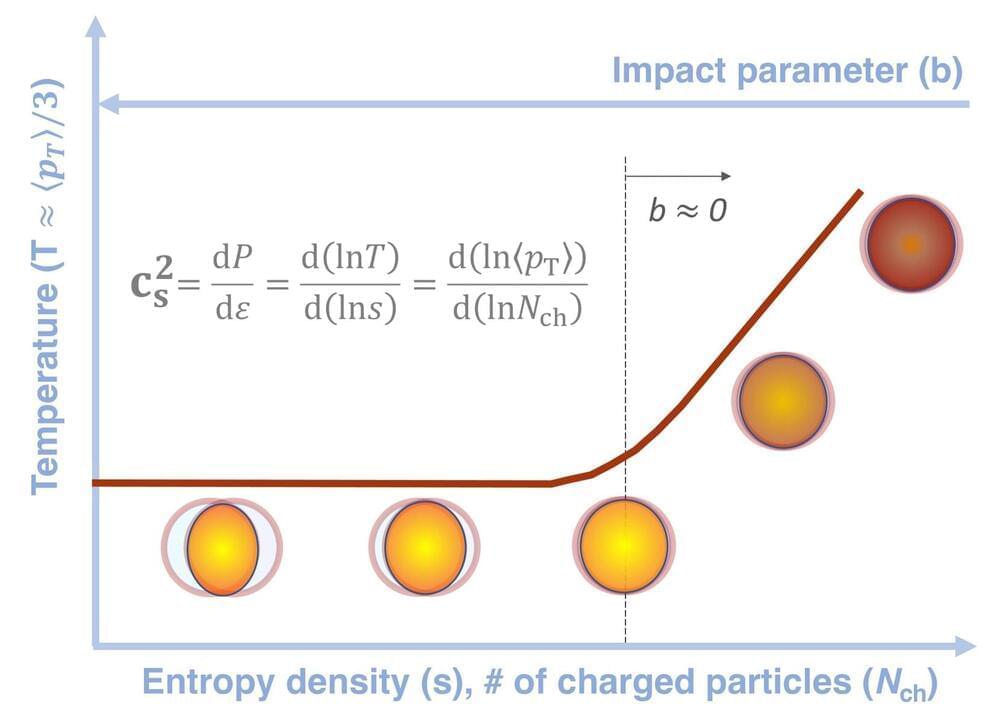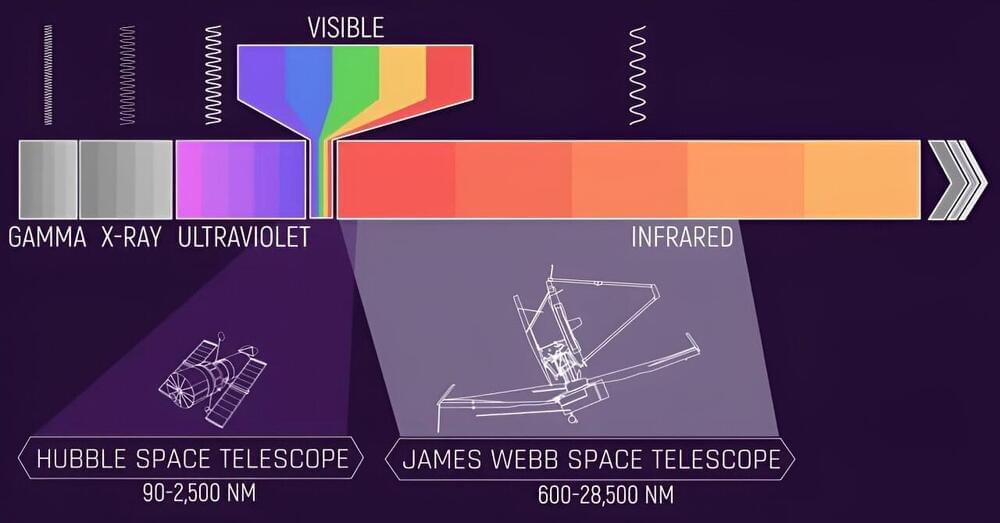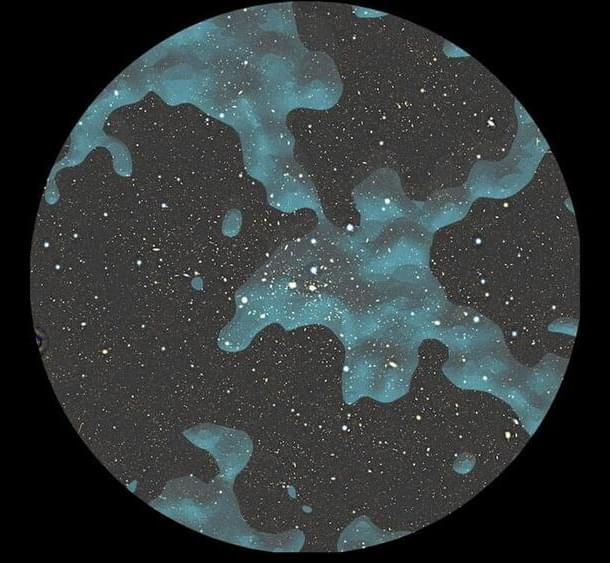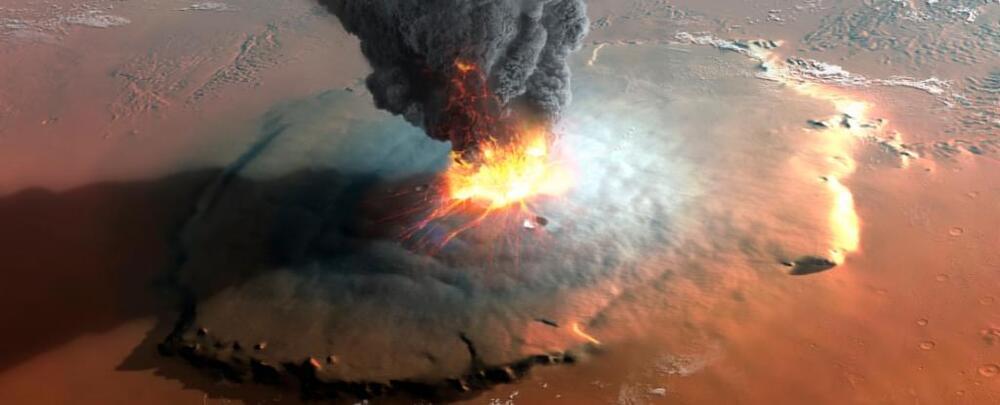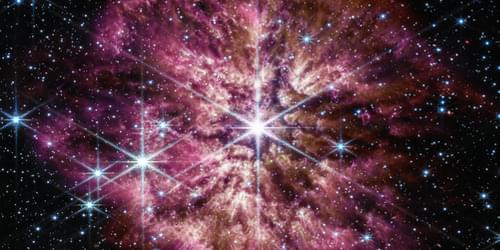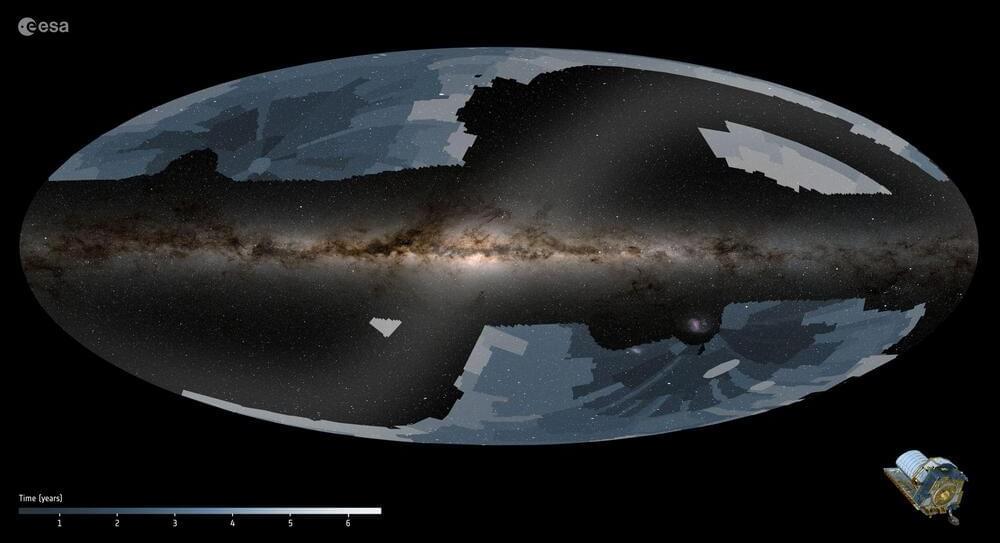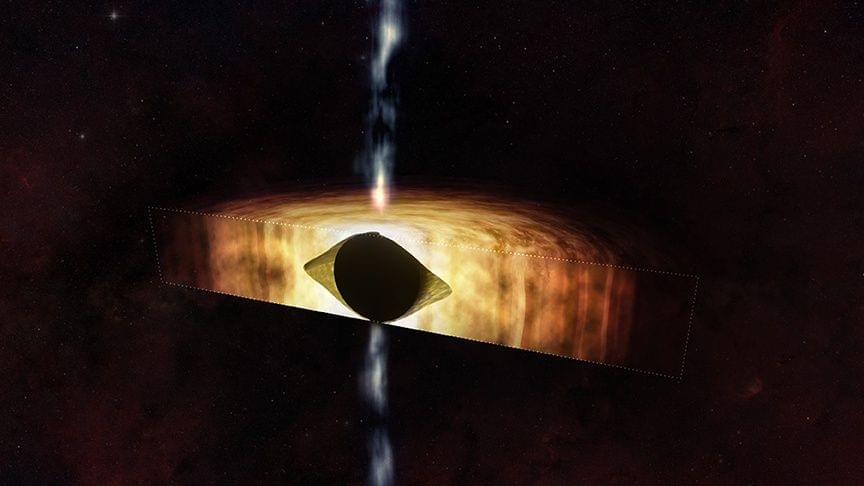Feb 17, 2024
Researchers 3D print functional human brain tissue with active neural networks
Posted by Dan Breeden in categories: 3D printing, biotech/medical, robotics/AI
Researchers from the University of Wisconsin-Madison (UW-Madison) have developed a novel approach for 3D printing functional human brain tissue.
The 3D printing process can create active neural networks in and between tissues that grow in a matter of weeks.
The researchers believe that their 3D bioprinted brain tissue provides an effective tool for modeling brain network activity under physiological and pathological conditions, and can also serve as a platform for drug testing.

